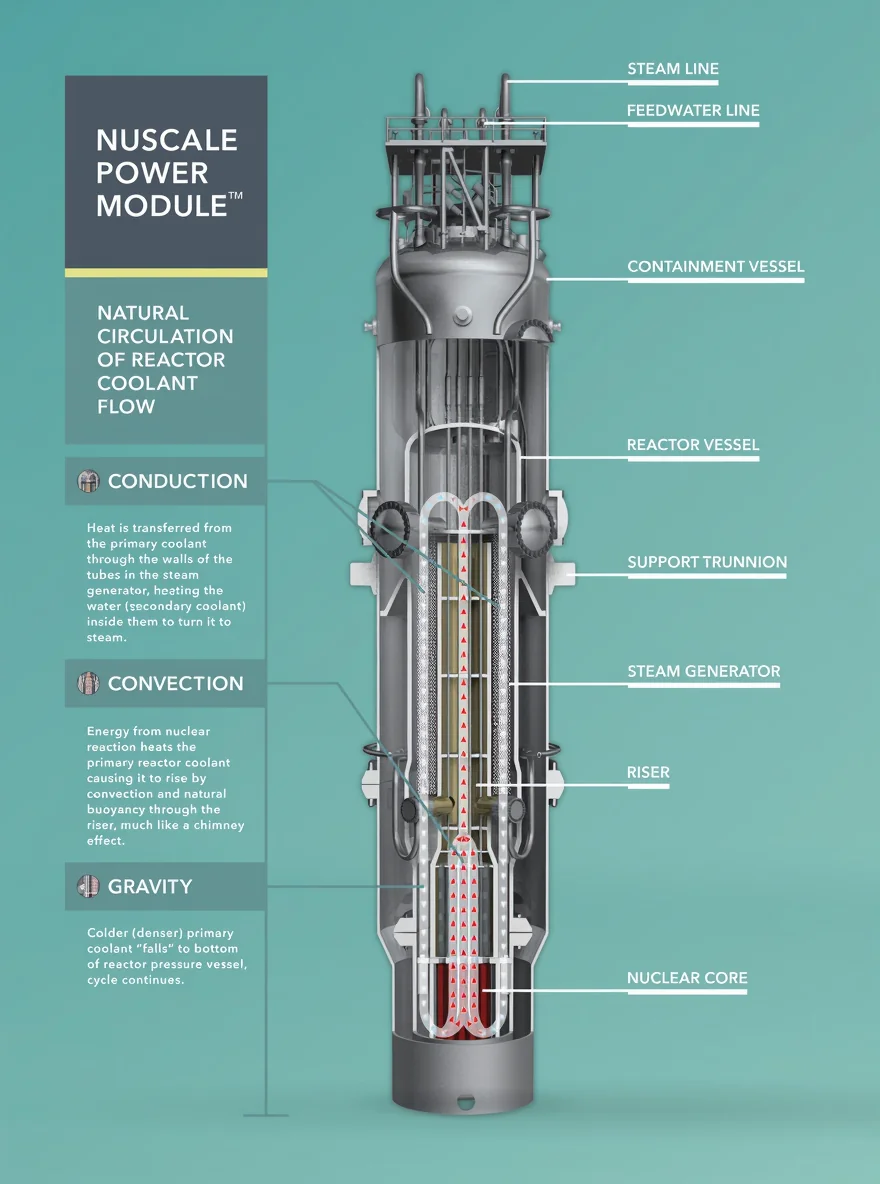Renewable Energy 2025: Technological Breakthrough and Rapid Growth
In 2023, global investments in clean energy crossed the historic threshold of 1,700 billion dollars, surpassing for the first time those in fossil fuels. This acceleration is explained by the arrival of 4th generation technologies that promise to revolutionize the production and storage of electricity by 2025. Among the key innovations, perovskite solar panels already display a record laboratory efficiency of 47%, compared to 22% for traditional silicon. The first commercial farms of this type are expected to emerge in China and Australia, offering unprecedented competitiveness against coal. At the same time, floating wind turbines, installed far from the coasts in Denmark or Japan, capture powerful and constant winds, doubling the load factor compared to land-based sites. Osmotic energy, in pilot phase notably in the Netherlands, could exploit the meeting of fresh and salt water to generate carbon-free electricity. Finally, modular nuclear micro-reactors and green hydrogen from high-temperature electrolysis pave the way for decarbonized, flexible, and large-scale storable electricity.
Industrial players, supported by ambitious public policies, are accelerating the commercial deployment of these technologies. China is investing heavily in the perovskite solar sector and aims to dominate this market, while Denmark, a pioneer in wind power, is multiplying new generation offshore projects. Australia, for its part, is betting on green hydrogen to export decarbonized energy to Asia. In Europe, the challenge is twofold: integrating these innovations into an aging network and preserving energy sovereignty in the face of new global power dynamics. As the cost of perovskite solar could fall below 10 cents per kWh by 2025, the transition to 100% renewable electricity has never seemed more credible or more urgent.
Emerging Technologies at the Heart of the Transformation
The 4th generation of renewable energies, much more than a simple evolution, marks a real industrial breakthrough. Perovskite solar panels, thanks to their unique molecular structure, capture more of the solar spectrum and adapt to multiple supports (roofs, facades, textiles). Their low-temperature manufacturing drastically reduces the carbon footprint compared to silicon. Floating wind turbines, capable of being installed in deep waters, free themselves from the land and environmental constraints of land-based parks. They allow densely populated countries or those with low land-based wind potential to assert themselves on the world map.
Among the silent revolutions, osmotic energy exploits the difference in salinity between fresh water and sea water at estuaries to produce continuous electricity, without emissions or intermittency. Modular nuclear micro-reactors (SMR) promise flexible, secure and decentralized production, with greatly reduced waste and easier integration into local networks. Finally, green hydrogen, produced by high-temperature electrolysis powered by renewables, is emerging as a vector for storage and clean mobility. It allows intermittent electricity to be transformed into storable and transportable molecules, a strategic advantage in the face of wind and sun variability.
The first commercial deployments of these technologies are accompanied by a rapid drop in costs, thanks to the ramp-up of volumes and standardization. IRENA’s projections announce structural competitiveness of perovskite solar and green hydrogen against gas and coal by 2025, even without massive subsidies. This change in the electricity mix poses new integration challenges, particularly in terms of managing intermittency, massive storage, and network modernization.
New Power Dynamics and Energy Sovereignty
The shift towards renewable energies 2025 reshuffles the cards of global geopolitics. If China dominates the manufacture of perovskite panels and Australia that of green hydrogen, Europe must avoid replacing fossil dependence with technological and material dependence. Supply chains for critical materials (lithium, rare earths, iridium for electrolysis) become a strategic issue. The integration of these new energies into old networks, designed for centralized systems, requires massive investments in storage, digitalization, and flexibility.
European energy sovereignty will depend on the ability to design, produce, and integrate these technologies locally, while securing access to resources. It will also require increased cooperation between member states to pool storage and interconnection capacities. The new leaders of renewable energies 2025 will be those who master the entire value chain, from fundamental research to industrial integration, through training and governance.
Towards a Just and Resilient Transition Thanks to Renewable Energies 2025
To succeed in the transition to renewable energies 2025, technological innovation, social inclusion, and ecological resilience must be combined. Investments must be matched by a strong political will, oriented towards worker training, industrial basin conversion, and the fight against energy poverty. Massive storage solutions (batteries, hydrogen, pump-turbine) and network digitalization are essential to absorb peak intermittency and avoid blackouts.
International cooperation will be crucial to accelerate the transfer of technologies to Southern countries and avoid deepening energy divides. Citizens, key players in this transformation, can engage in self-consumption, energy communities, and participate in public debates on technological choices.
By 2025, the revolution in renewable energies will not only be a matter of technology or market, but a societal issue. It is up to us to seize this opportunity to build a more just, more resilient energy system that truly serves life.
Sources
https://www.irena.org/publications/2023/Mar/World-Energy-Transitions-Outlook-…
https://www.energy.gov/eere/renewables
https://www.renewableenergyworld.com/storage/
https://www.irena.org/publications/2023/Mar/World-Energy-Transitions-Outlook-…
https://www.energy.gov/eere/renewables
https://www.renewableenergyworld.com/storage/



